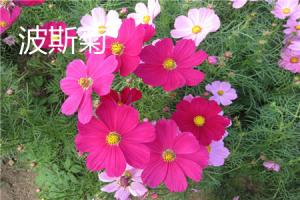May Apple Tree Plant
The May Apple Tree Plant, also known as the American Mayapple, is a herbaceous plant that is native to eastern North America. It is a perennial plant that typically grows to be about 30 to 45 cm tall and has large, umbrella-like leaves. The Mayapple typically blooms in late spring, producing a single white or cream-colored flower that is about 3 cm in diameter.
Uses and Benefits of May Apple Tree Plant
The May Apple Tree Plant has a long history of medicinal use in Native American and traditional medicine practices. It contains several compounds, including podophyllotoxin, which has antiviral and anticancer properties. Its roots and rhizomes have been used to treat a variety of ailments, including constipation, liver problems, and skin conditions.
In addition to its medicinal properties, the Mayapple has a number of other benefits. It is a good source of vitamin C and can be used in cooking to make jams, jellies, and other preserves. The Mayapple's large, umbrella-like leaves can provide shade and protect other plants from the sun, making it a popular addition to gardens and landscaping projects.
Growing and Care Instructions
The Mayapple is a relatively easy plant to grow and care for. It prefers well-drained soil that is rich in organic matter and partial to full shade. The plants should be watered regularly and fertilized with a balanced, all-purpose fertilizer. They should be planted about 30 to 45 cm apart to allow room for growth.
Mayapples can be propagated by seed or division. Seeds should be planted in the fall or early spring and will generally germinate in 2 to 3 weeks. Divisions can be taken from mature plants in the fall or early spring and should be planted immediately in their new location.
Potential Risks and Side Effects
While the May Apple Tree Plant has many benefits, it is important to be aware of potential risks and side effects. The plant contains several compounds that can be toxic if consumed in large quantities. Its roots and rhizomes should only be used under the guidance of a medical professional.
In addition, the plant's leaves and unripe fruit are toxic when ingested and can cause a range of symptoms, including nausea, vomiting, and diarrhea. It is important to keep the plant away from children and pets and to wear gloves when handling it to avoid skin irritation.
Conclusion
The May Apple Tree Plant is a versatile and valuable addition to any garden or medicinal plant collection. With its medicinal properties, culinary uses, and ornamental value, it is a plant that offers many benefits. By following proper growing and care instructions and being aware of potential risks and side effects, anyone can enjoy the many benefits of this beautiful and intriguing plant.

 how many times do yo...
how many times do yo... how many planted tre...
how many planted tre... how many pine trees ...
how many pine trees ... how many pecan trees...
how many pecan trees... how many plants comp...
how many plants comp... how many plants can ...
how many plants can ... how many plants and ...
how many plants and ... how many pepper plan...
how many pepper plan...































